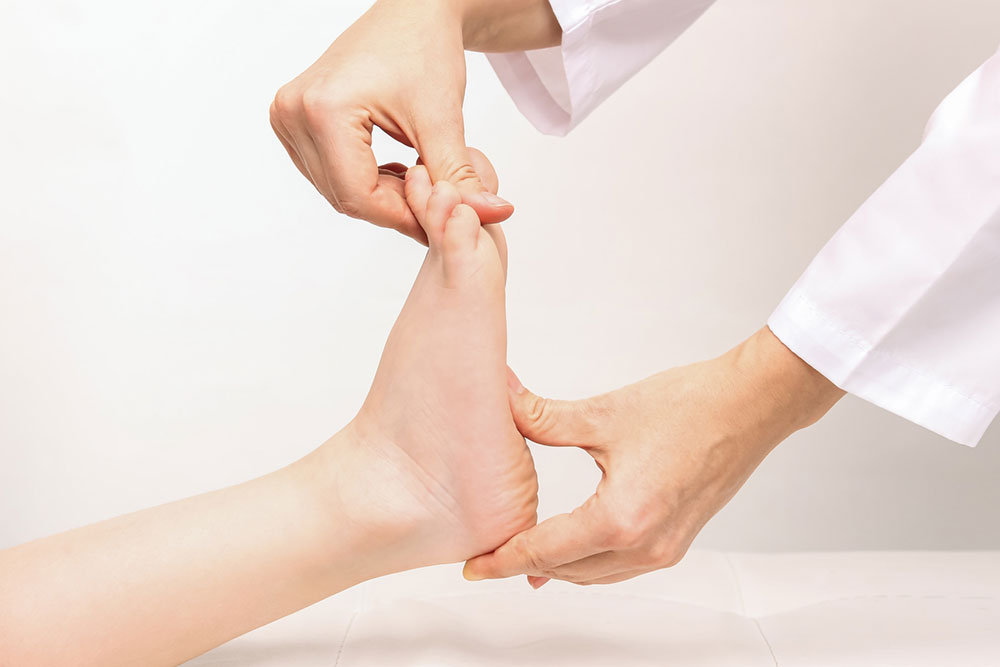Comprehensive Approach to Managing Dupuytren's Contracture: Treatments and Strategies
This comprehensive guide explores various management strategies for Dupuytren's contracture, including conservative treatments, minimally invasive procedures, and surgical options. It emphasizes early diagnosis, personalized treatment plans, and emerging therapies to improve hand function and quality of life.

Comprehensive Strategies for Managing Dupuytren's Contracture
Dupuytren's contracture is a progressive hand condition characterized by abnormal thickening and tightening of the connective tissue in the palm and fingers. This leads to the formation of lumps and fibrous cords that gradually cause fingers to bend and curl, impairing hand function and quality of life. The condition primarily affects the ring and little fingers, but can involve other fingers as well. While the exact cause is still not fully understood, research indicates a hereditary link, with a higher prevalence among individuals with family members who have experienced similar symptoms. Additionally, environmental factors such as smoking, alcohol consumption, and certain health conditions may influence its development.
Understanding the management strategies of Dupuytren's contracture is crucial for patients and healthcare providers to make informed decisions about treatment options. The primary goal is to control disease progression, alleviate symptoms, and restore hand functionality as much as possible. The approach to treatment varies based on the severity of the condition, patient preferences, and overall health. From conservative measures to surgical interventions, a wide range of options exists to tailor care to individual needs.
Initial and Conservative Management
Early-stage Dupuytren's contracture often requires a conservative approach focused on monitoring and maintaining hand mobility. Regular assessment is essential to track changes over time, enabling timely intervention if the condition worsens. Non-invasive strategies include physical therapy exercises that help stretch and strengthen the hand muscles, aiming to preserve functional mobility and delay progression. These exercises are typically prescribed by hand therapists specialized in connective tissue conditions.
Another key component of conservative management involves lifestyle modifications to minimize risk factors. Avoiding smoking, reducing alcohol intake, and managing underlying health issues, such as diabetes, can potentially slow disease progression. Patients are advised to perform gentle stretching routines regularly, which can help keep the affected fingers supple and prevent further contracture.
Medications and Minimally Invasive Procedures
While there's currently no medication that can cure Dupuytren's contracture, some pharmacological treatments aim to reduce symptoms or modify disease progression. Collagenase Clostridium histolyticum injections, commonly known as collagenase injections, have revolutionized the treatment landscape. These injections involve administering enzymes directly into the hardened fibrous tissue, which enzymatically dissolves the collagen cords responsible for finger contracture. The procedure is minimally invasive, performed on an outpatient basis, and usually results in significant clinical improvement.
Following collagenase injections, patients often undergo a gentle finger extension procedure to break any remaining cords and improve finger straightening. This treatment offers a safer alternative to surgery for suitable candidates and has a relatively quick recovery time. Multiple sessions may be recommended depending on the severity of the contracture.
Needle Aponeurotomy: A Minimally Invasive Option
Another effective minimally invasive technique is needle aponeurotomy, sometimes called percutaneous tenotomy. This procedure entails inserting a fine needle through the skin to cut the fibrous cords causing finger curling. It is performed under local anesthesia and typically takes less than 30 minutes. Needle aponeurotomy is preferred for patients with early to moderate disease and offers a quick recovery with minimal scarring.
Patients may experience some swelling or tenderness post-procedure, but significant downtime is rare. The success rate varies depending on disease severity, and repeat treatments may be necessary for optimal results. This approach is especially suitable for patients keen on avoiding more extensive surgical options.
Surgical Options for Advanced Cases
In cases where Dupuytren's contracture has advanced significantly, surgical intervention becomes necessary. The most common procedure is fasciectomy, wherein the surgeon removes the thickened connective tissue and fibrous cords to release the contracture. This operation can be performed via open approach or minimally invasive techniques, depending on the case. While effective, fasciectomy involves a period of recovery, during which patients may require physical therapy to regain full function.
For severe or recurrent cases, more extensive procedures such as dermofasciectomy (removal of skin and fascia) or even partial or complete finger joint fusion (arthrodesis) are considered. These procedures aim to restore hand function or prevent further progression in recalcitrant cases. In rare and advanced stages, where other treatments fail, amputation may be necessary as a last resort to eliminate pain or prevent complications.
Post-Treatment Rehabilitation and Follow-up
Following any intervention, a structured rehabilitation program is essential for optimal recovery. Hand therapy includes specific exercises, manual therapy, and splinting to enhance mobility and function, prevent scar formation, and reduce the risk of recurrence. Regular follow-up consultations enable healthcare providers to monitor for potential signs of disease progression or recurrence, ensuring timely intervention if needed.
Because Dupuytren's contracture is a chronic and progressive condition, long-term management strategies are vital. Patients are encouraged to maintain hand health through consistent exercises, lifestyle adjustments, and periodic assessments, particularly if they have a hereditary predisposition or other risk factors.
Emerging Treatments and Future Directions
Research continues to explore innovative treatments for Dupuytren's contracture. Experimental therapies include biological agents aimed at modulating fibrotic tissue formation, gene therapy, and novel drugs targeting molecular pathways involved in collagen deposition. Advances in minimally invasive surgical techniques and regenerative medicine hold promise for improving patient outcomes and reducing recurrence rates in the future.
Patient education plays a critical role in managing expectations and ensuring adherence to treatment protocols. Early detection and intervention remain key to preventing severe deformities and restoring hand functionality effectively.





